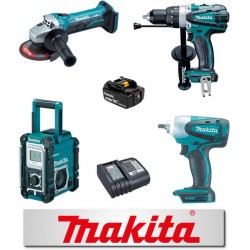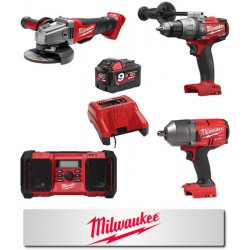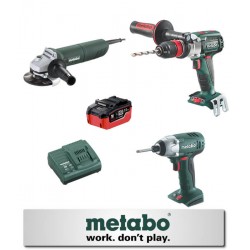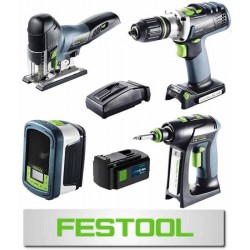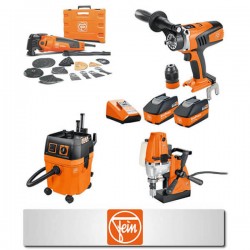Top things to look for when purchasing a Generator
1. What type of generator do I need?
There are four main types of generator based on the required application;
Recreational
Generators in the RECREATIONAL RANGE used for:
• Camping, Camper Trailers
• Caravans, Motor Homes
• Boating, Fishing, 4WD
• Small Domestic Use, Small Mobile Businesses, Small Events
About this range: All units in this range are Inverter Generators; the inverter technology produces ultra clean voltage so you can power sensitive electronics like phones, laptops, TV’s etc. Lightweight, quiet, compact and economical. Popular for charging your camping battery packs, running caravans and your favourite home and camping appliances. Also used for small portable backup requirements during blackouts, small events and for food vans, mobile businesses.
Portable Trade
Generators in the PORTABLE TRADE range used for:
• Construction Sites, Building, Tradesmen Work, Mining
• Farming, Agribusiness, Rural Properties
• Power Equipment, Tools, Welding
• Factory & Plant Maintenance, Hire Industries
About this range: Petrol and Diesel Generators in both Single and Three Phase power, suited for all trade applications. Built tough, typically with steel rollover frames and fitted with condenser style alternators making them suitable for resistive and heavy loads. Work Cover Approved models available which include the necessary worksite safety features. Other specialised trade genset types include; Welder Generators, Workstation Generators and Mine Specification Generators.
Emergency Backup
Generators in the EMERGENCY BACKUP range used for:
• Running appliances during mains power blackouts
• Direct Backup to house mains, Direct Backup for small business
• Backup to off-grid solar power, Auto-Start backup power
• Remote power requirements, Small satellite offices
About this range: Includes smaller inverter generators right up to larger AVR (automatic voltage regulation) generators, all suitable to run your domestic and small business appliances; your choice just depends on how many appliances and how big they are. There are petrol, diesel and gas backup generators in this range. Auto-start models for automatic operation are also available. Popular with people living in storm prone areas, as well as remote properties and people living off-grid with solar power.
Stationary
Generators in the STATIONARY range used for:
• Standby power solutions for larger commercial applications
• Prime Power for remote business and large contractors
• Mine Sites, Agriculture, Healthcare, Events
• Council/Government Buildings, Utility Companies, Data Centres
About this range: Larger gensets providing significant commercial power supply either for standby purposes or prime/continuous requirements. Mostly Diesel and Three Phase Generators that are moved via crane or forklift. Almost exclusively for commercial/business use and outlets can be configured to suit the required task.
2. What size generator do I need?
This is the most commonly asked portable generator question and can sometimes seem like quite a technical, challenging task. But for most applications, it’s actually pretty simple and straightforward – put simply, there are three basic steps;
Get the power information for your appliances - both running and starting power (if applicable), Make sure the power information is represented in Watts, Work out how many appliances you'll be running at any one time . Its important you find the amount of power required to not only run the appliances you wish to use, but also the power required to start them. For many appliances, the starting output requirement can be up to 3-4 times (or more) greater than the continuous running power needed. This is the case for appliances with a motor or heating element, such as; fridges, air-conditioners, microwaves, electric deep fryers, coffee machines, hair dryers, pumps, drills, grinders, air compressors, saws etc.
Take a few minutes and do the calculations so you know what size generator you need. If you can’t find the required wattage information on the product data plate or in the user manual for your appliance(s), you can contact the product manufacturer, use a wattage meter, or engage an electrician to get a read on the starting power draw. Remember, the starting power requirement of your appliance(s) is essential to know when choosing a generator.
Selecting the right size generator (running watts and starting watts) depends on what you want to power. Running, or rated watts, are the continuous watts needed to keep items running. Starting watts are extra watts needed for two-to-three seconds to start motor-driven products like a refrigerator or circular saw - this is the maximum wattage the generator can produce.
To determine your wattage requirements:
1. Select the items you wish to power at the same time.
2. List the running watts and additional starting watt requirements for each item (check your owner's manual for each product or the data plate to locate these wattage requirements).
3. Add the RUNNING WATTS of all the items you wish to power. You'll need a generator that produces at least this many RUNNING WATTS.
4. Select the ONE ITEM with the highest number of additional starting watts. Take this ONE NUMBER, add it to your TOTAL RUNNING WATTS. You'll need a generator that produces at least this many STARTING WATTS.


If your generator doesn’t have the right amount of power, then you won’t be able to start or run those appliances when you need them most.
There are many benefits to Choosing a Generator with the right amount of output:
- No system failures due to capacity overload
- Increased lifespan of the generator
- Guaranteed performance
- Increased safety
- Lower maintenance costs
- Reduced risk to asset damage
- There are numerous factors to consider when selecting the right generator for the job.
3. What other factors should I consider?
Below are some additional important features you need to look out for when choosing your generator. These features vary in importance depending on the application.
Noise level
look for the DBA (decibel) rating on the generator. Important for recreational applications like camping/caravanning, for home backup generators or where quiet commercial operation is required.
Run Time
Look for a generator with a long run-time at half-load. Fuel tank capacity and litres per hour of usage; you want a generator that is fuel efficient and can see you through the required tasks without constant re-fueling.
Portability / Weight
Portable generators can be heavy. Folding handles and wheels makes it easy to move the generator in and out of storage.
Outlets / Safety Features
Make sure you select a generator with enough outlets and the right type(s) of outlets. Safety Features can be an important consideration on some worksites that require WorkCover Approved generators. Features include; Earth Leakage Protection and Weatherproof Outlets.
Our trained staff at C&L Tool Centre will provide you with a thorough explanation of your selected purchase and any other queries you may have..
Here at C&L Tool Centre are accredited partners with well-known generator providers including:
• Kincrome
• Promac
• BE
References:
Mygenerator.com.au. (2018). Generator Buyers Guide. [online] Available at: https://www.mygenerator.com.au/generators-buyers-guide/ [Accessed 10 Sep. 2018].
Need?, W. (2018). What Size Portable Generator Do I Need?. [online] My Generator. Available at: https://blog.mygenerator.com.au/what-size-generator-do-i-need/ [Accessed 10 Sep. 2018].









